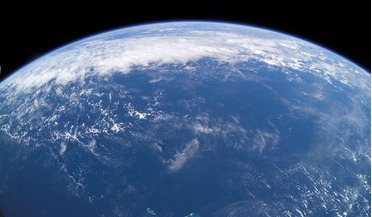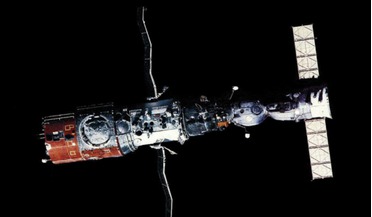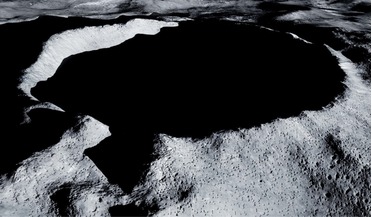 09 November 2018
Leftover gas from the Sun's birth created Earth's water
09 November 2018
Leftover gas from the Sun's birth created Earth's water
...heavy hydrogen is called deuterium and scientists distinguish one body of water from another by measuring something called the deuterium-to-hydrogen ratio I.e how much deuterium there is compared with hydrogen. Oceans originating from comets smashing...
 August 2016
Fireflies and saucers
August 2016
Fireflies and saucers
...-6 spacecraft, astronaut John Glenn noticed a strange phenomenon. The spacecraft was in orbit and, when the Sun came up, he reported with great excitement that he was surrounded by thousands of small glowing particles that were moving ...
 May 2020
Protecting areas of scientific importance on the Moon
May 2020
Protecting areas of scientific importance on the Moon
... lunar surface - is a potentially valuable isotope of helium that could be used in future fusion reactors. As the PSRs are shaded from the Sun, the surface material or ‘regolith’ is expected to contain less helium-3 than more exposed regions, which...
 June 2022
Space activities and space debris - finding an ethical balance
June 2022
Space activities and space debris - finding an ethical balance
...of years, humans have gazed in wonder at the immensity of the sky above, documenting the movements of the Sun, Moon, stars and planets, incredulous at the magnificence of it all. Starry nights have inspired the greatest thinkers and scientists of all...
 March 2016
Space Mining – the Reality of Tomorrow?
March 2016
Space Mining – the Reality of Tomorrow?
... at levels ranging from US$200 billion up to even a trillion dollars. Of course the future of our energy needs rest with the Sun. Space-based industries and mining The future is most often viewed through a rear view window. And for...
 May 2017
Growing plants without gravity
May 2017
Growing plants without gravity
... Outer Space by Rocket Devices. “Just as the Earth’s atmosphere is cleaned by plants with the help of the Sun,” he wrote, “so our artificial atmosphere can be renewed... the plants we take along with us during the journey can work uninterruptedly for...